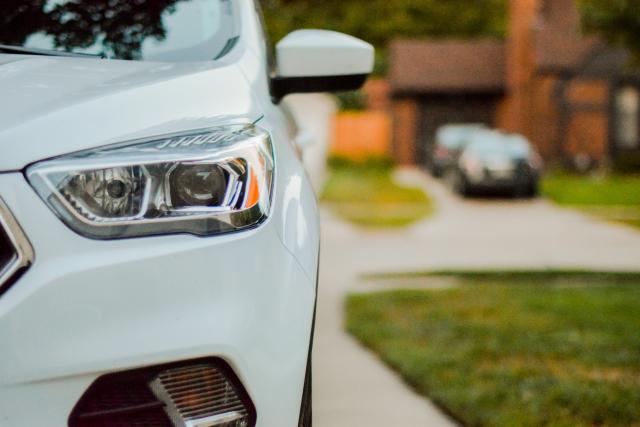Zoe Moffatt
Gisborne and Woodend have been named in the top five Victorian hotspots for wildlife collisions, according to AAMI collision claims from January 1 to December 31, 2022.
Data released on May 24, from more than 17,000 AAMI car insurance claims, revealed that dusk is the most dangerous time for wildlife road accidents, with almost one in three occurring in winter.
From the recorded collisions, Gisborne was named as the third highest collision hotspot, while Woodend was named as the fifth highest hotspot.
AAMI head of motor claims Kahl Dwight said motorists should be extra vigilant around dawn and dusk as wildlife can be unpredictable.
“Visibility also becomes poorer … around dawn and dusk … which makes it harder to see wildlife and reduces the time a driver has to react,” Mr Dwight said.
“To avoid crashing with wildlife this winter, use your peripheral vision and be aware of your surroundings.
“Wildlife is unpredictable and can appear out of nowhere so it’s best to always be on the lookout.”
Throughout Australia, AAMI said wildlife collisions are twice as likely to happen on rural roads than suburban roads, and Saturday is the most common day for collisions to occur.
While about 50 per cent of Australians have collided with wildlife, 61 per cent admitted they would dangerously swerve or brake to avoid the collision, AAMI said.
Mr Dwight said motorists should slow down and brake when confronted with wildlife but they should avoid swerving.
“We encourage drivers to always expect the unexpected … [and to] slow down and brake but avoid swerving so as not to endanger yourself and other drivers,” he said.
“It’s far less dangerous to keep driving and damage your car than swerve to avoid it and collide with another vehicle or tree.”
Other hotspots in Victoria include Wallan and Halls Gap, with Heathcote named as Australia’s most dangerous spot for wildlife collisions.







